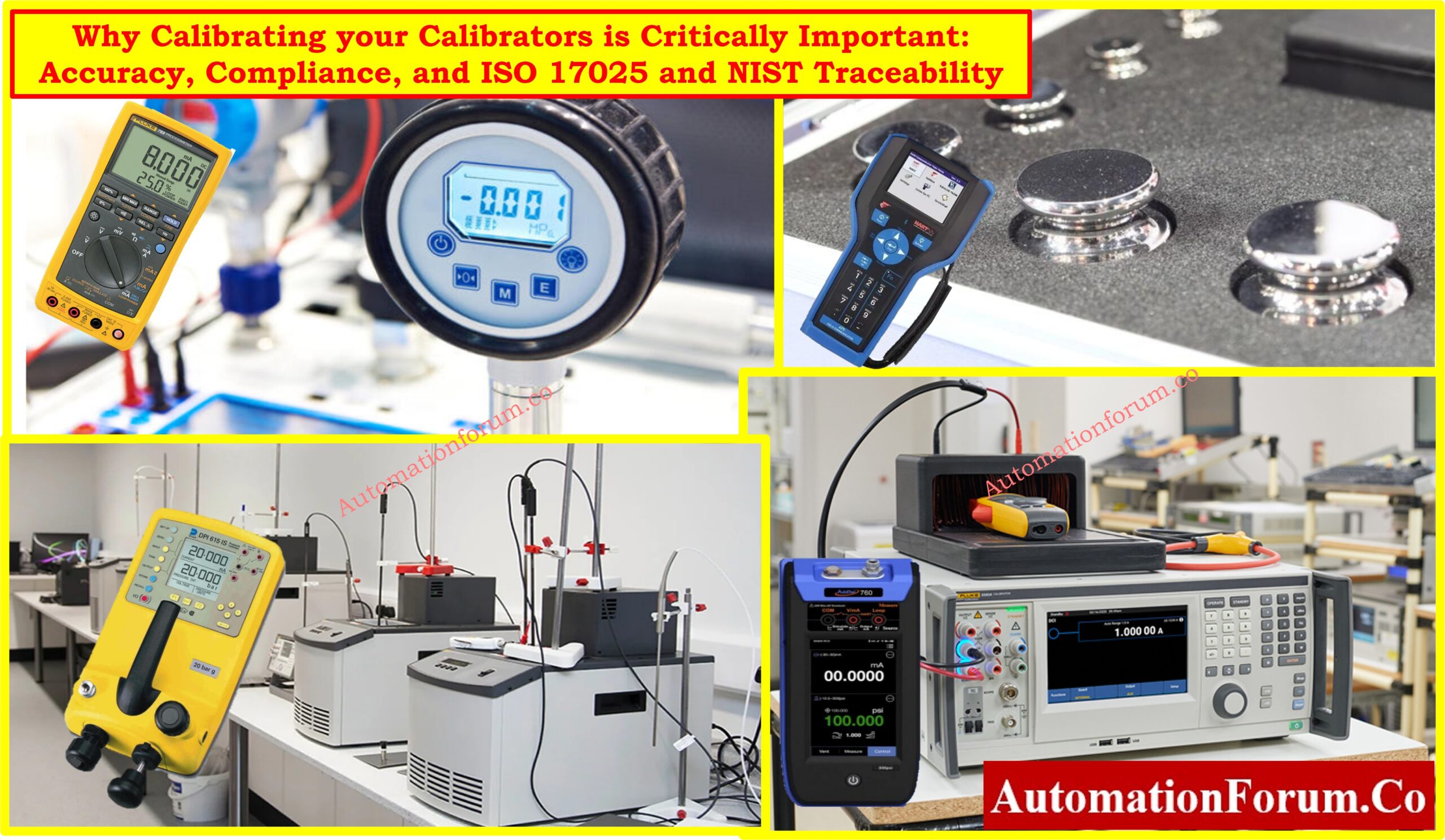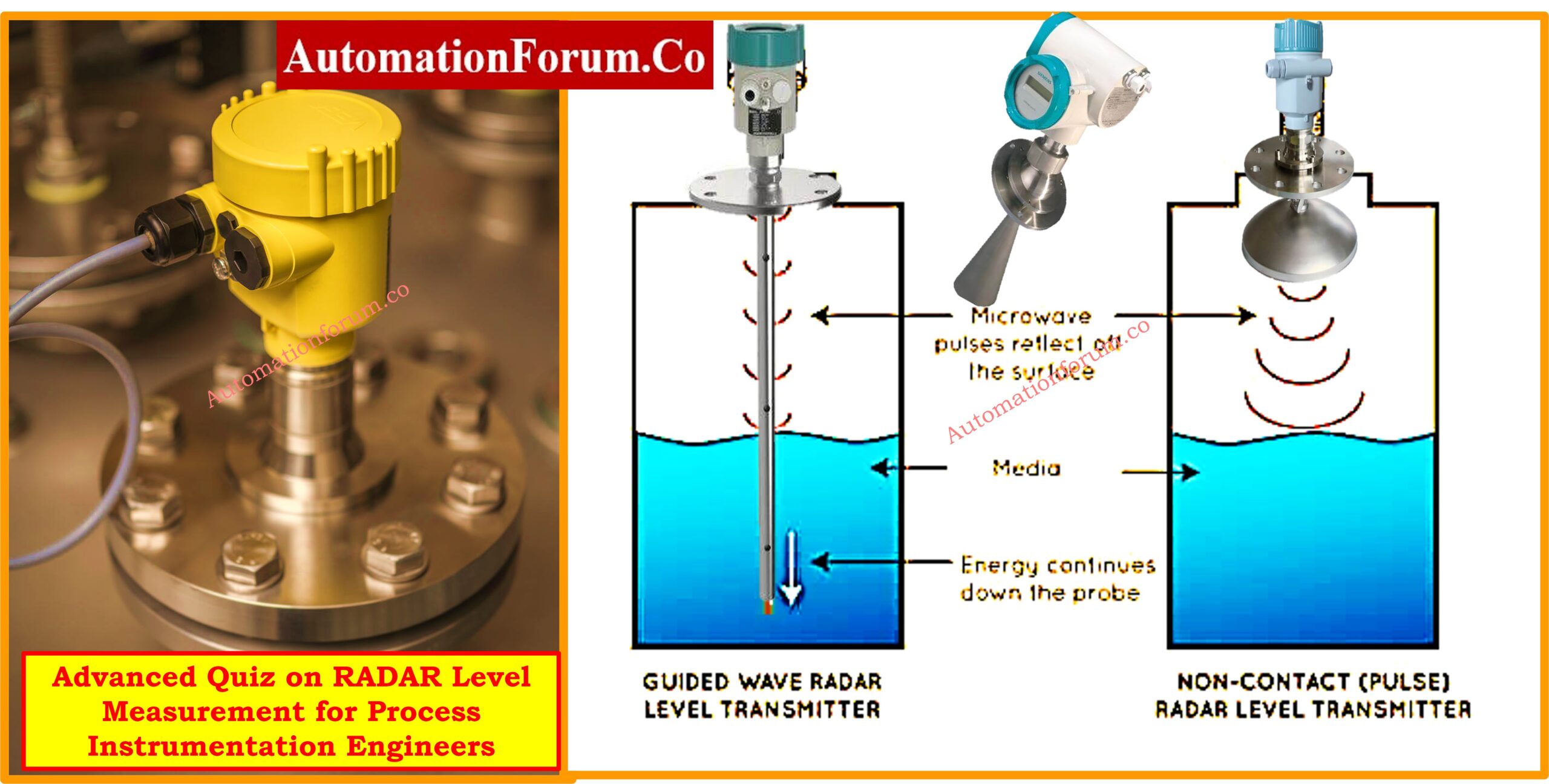- What is a limit switch?
- What is the need for a limit switch?
- How does a limit switch work?
- What are the components of the limit switch?
- How to select a limit switch?
- What are the types of limit switches?
- Miniature enclosed reed
- Why is the Limit Switch Important?
- How to connect the limit switch to a CNC system
- What are the advantages of a limit switch?
- What are the disadvantages of a limit switch?
- What are the applications of a limit switch?
- What is the function of limit switch in control valve?
- Where is limit switch used?
- What is limit switch valve indicator?
- What is the primary function of a limit switch?
What is a limit switch?
Definition – limit switches
The detection device limit switch contains an interior basic switch sealed inside a protective metal or resin sheath. The solid protective casing of this device guards the electrical components from external damages and moisture and oil intrusion as well as dust and dirt to deliver dependable performance in demanding environments.
A limit switch is an electromechanical device, and it can be considered as a contact sensor that is widely used in many industries to detect the position or presence of an object. This device has good precision and repeatability and it is because these switches make direct contact. So these switches are used in many industries and they can be seen at the end of the mobile element such as a conveyor belt. This switch is capable to detect the presence or movement of an object, it can also determine the passing and end of travel of the object. The limit switch has an actuator so when the device is in contact with the actuator, then the contacts will be operated by the switch so that it can create or break an electrical connection.

What is the need for a limit switch?
These switches are widely used and they are used in many applications because it is very easy to install and they are reliable too. It can also detect the presence of an object or its passing. The position of an object can also be determined by using a limit switch. These switches have a high current capacity, this switch also has good precision, snap action operators and it can provide accurate operations. These switches are small in size so it can be used where space is a constraint.
How does a limit switch work?
When the object comes in contact with the actuator of the limit switch, then the actuator will move and it will move inside the limit switch. This actuator will be linked to a set of contacts. The position of the contact will be changed if the actuator lever is pressed by an object. So if a device has made a contact with the actuator then the contacts in the limit switch would make or break the electrical connection.
What are the components of the limit switch?
The major components in the limit switch are actuator, head, contact, terminal block, switch body, and base.

- Actuator – It is the part of the switch which will be in contact with the object that is being sensed
- Head – this part acts as a covering for the process in which the actuator movement is converted into contact movement
- Contact block – this part act as a housing for the electrical contact elements of the switch
- Terminal block – In this part, the electrical connection between the switch and the control circuit is done.
- Switch body – this part would house the contact block in a plug-in switch and the terminal block in a non-plug-in switch
- Base – the purpose of the base is to house the terminal block in a plug-in-switch, there is no separate base for a non-plug-in switch
How to select a limit switch?
- The electrical rating of the limit switch must match the system, in which it is installed
- These switches are available according to a variety of body and operating requirements so select according to your need
- We must consider environmental factors such as vibration, moisture, etc.
- It must be selected according to the required operating force and reset force
- It must be selected according to the over-travel and pre-travel
What are the types of limit switches?

Snap switch
The snap switch would trigger so quickly when the actuator moves, these switches can also work without an operator and these switches are mostly used for applications that require basic contact, these devices are used to detect short movements.
Gravity return
This type of limit switch is mostly used for the production line and also used for conveyor operations. The operation of this type of limit switch is depended on gravity, its contact switches are reset by using gravity and it is done by exerting force on the arm of the lever.
Miniature enclosed reed
This limit switch is really small and it costs very less and die-cast zinc is used to create it. This limit switch has a sealed reed contact and because of this it is capable of high contact reliability and it can also be used where environmental stress is high.
Why is the Limit Switch Important?
The limit switch plays a vital role to provide enhanced safety measures and automated control and operational efficiency in industrial and electrical systems. Here’s why it matters:
Safety Assurance functions through equipment limitation monitoring to stop dangerous events thus minimizing equipment damage alongside accidents.
The automated control enables systems to use mechanical movement detection for better industrial process efficiency.
The protection of equipment is achieved through machining stoppages at planned positions which avoids damaging consequences from mechanical over-travel and wear.
The system supplies precise real-time position information to control systems which leads to smooth operation along with failure prevention.
Limit switches demonstrate versatility by monitoring control operations and protecting a wide range of mechanical systems through different applications including belts and control valves.
Industrial operations rely on limit switches to maintain safety together with reliable operations alongside efficiency.
How to connect the limit switch to a CNC system
By using access lugs we can connect the wires from the limits witch to the computer and from there the CNC software can perform according to switch trips.
What are the advantages of a limit switch?
- It is very easy to install
- It can operate at high voltages
- It is not affected by static electricity because it doesn’t have magnets
- Good accuracy and repeatability
- Housing is durable
- It provides high resistance to different ambient conditions that are found in an industry
- It can be used to switch high power loads
- It provides immunity to electrical noise interference
- It doesn’t have any leakage current and the voltage drop is very low
What are the disadvantages of a limit switch?
- Contact life is less
- The mechanical parts would wear-out during time Contact sensing and cannot be used for most of the applications
What are the applications of a limit switch?
- It can be used in high-speed production equipment
- It is used in automatic control circuits
- Elevators
- Conveyors
- Cranes
- It is also used in milling and boring machines
- It is used in pumping systems to control the liquid level
What is the function of limit switch in control valve?

Limit switches produce immediate feedback about the valve position thus enabling the control system to properly track its state. The functionality of limit switches ensures operation safety by blocking unintended actions that might lead to dangerous incidents thus being vital components for industrial security applications.
Where is limit switch used?
The activation of limit switches happens when any machine part moves or when an object enters range in electrical engineering systems. Limit switches serve as safety components in automated systems to provide control functions for machinery operations through functions like safety interlocks and point counting.
What is limit switch valve indicator?

Limit Switch Beacons
Every limit switch contains built-in visual open/closed indicator status so users can maintain easy observation. One indicator with an arrow directs users to view precise valve status information regarding the open and closed positions and throttling state.
What is the primary function of a limit switch?
The electromechanical limit switch functions as an electrical component that generates signals through real physical contact. The device uses detector capabilities to identify objects which then initiates designated system actions that enable precise system controls and automated processes.





